Taxonomic Aids: Taxonomic studies of animals, plants, microorganisms and other species are highly useful in the field of forestry, industry, agriculture and the study of biodiversity. Hence, the organism should be identified, and classified and information about the organism should be stored for future studies and references. This storehouse of information and specimens that helps in taxonomic studies are called Taxonomic Aids.
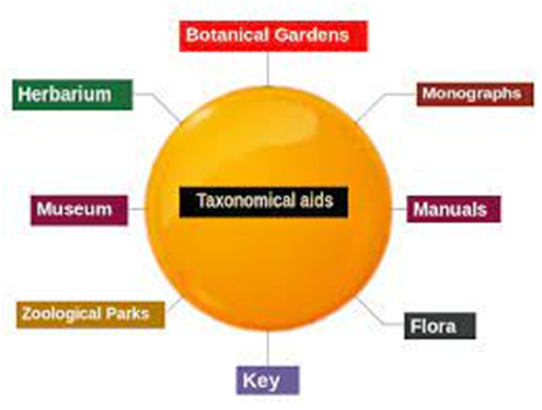
Herbarium: A herbarium is the storehouse of plant specimens.
It is a collection of dried, pressed, plant specimens that are arranged systematically according to a universally accepted system of classification. The Bentham and Hooker system is followed in most of Herbaria. The sheets on which the specimens are mounted are called Herbarium sheets
The total number of plant specimens are about 6.56.5 million.
Another Botanical Herbarium called Central National Herbarium is at Indian Botanical Garden, Howrah, Kolkata.
Some of the other examples are as follows:
a. National Botanical Garden, Lucknow
b. Lalbagh Botanical Garden, Bangalore, Karnataka
c. Government Botanical Garden, Ooty
d. Tropical Botanical Garden and Research Institute, Trivandrum, Kerala.
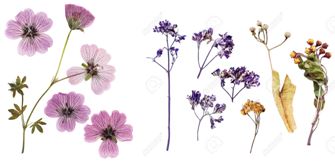
Botanical Garden: Botanical gardens are the place where varieties of plants collected from different places of the world are grown together in a protected environment. It may consist, of many rare, elite, exotic species. It shows rich biodiversity and plays an important role in germplasm conservation. In the Botanical Garden, all plants carry identification plates, having a common name, botanical name and the name of the family that belongs
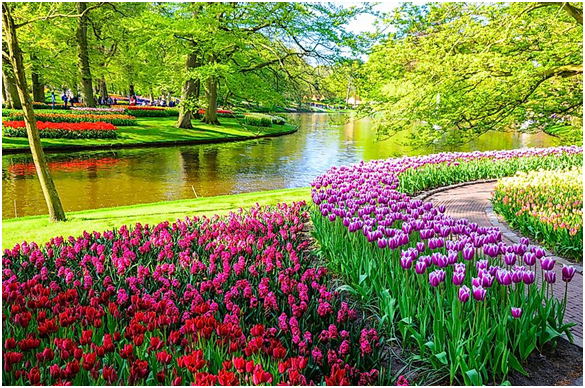
Museum: It is the collection of preserved plants and animal specimens for study and reference. Specimens are preserved in jars using preservative solutions of alcohol and formalin. Only those plants that cannot be kept in the herbarium are preserved. Some of the specimens include algae, fungi, mosses, ferns, succulents, fruits, etc. Even fishes, reptiles, amphibians, etc., are stored. Large animals are preserved in skeleton forms. Insects are dried out and mounted over pins inside the insect boxes. Others are preserved as dry specimens in the Biological Museum.
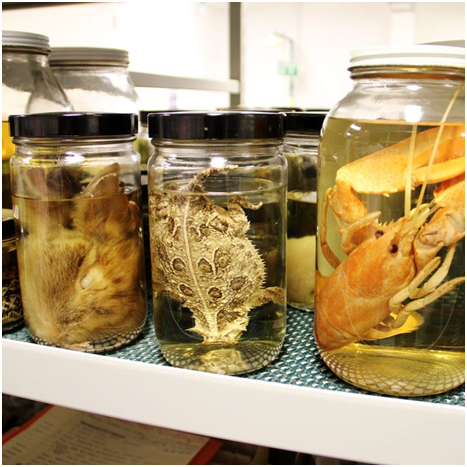
Zoological Park: Zoological Park is an enclosed area where wild animals are kept in an open, natural, but protected environment under human care. Zoological parks are the best places to study the behavior and food habitats of wild animals. Zoological parks help in conserving endangered animals and their multiplication through captive breeding. In India, there are around 200200 Zoological parks.
Zoological Parks are also important spots for children, students and the public to see wild animals
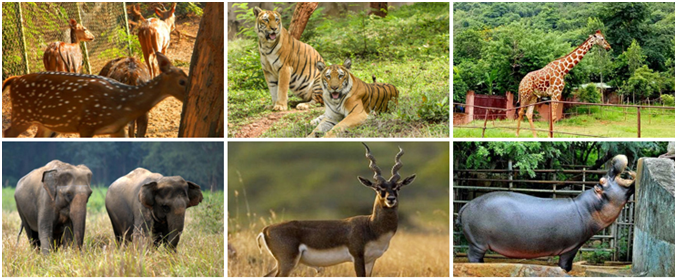

 ACME SMART PUBLICATION
ACME SMART PUBLICATION
